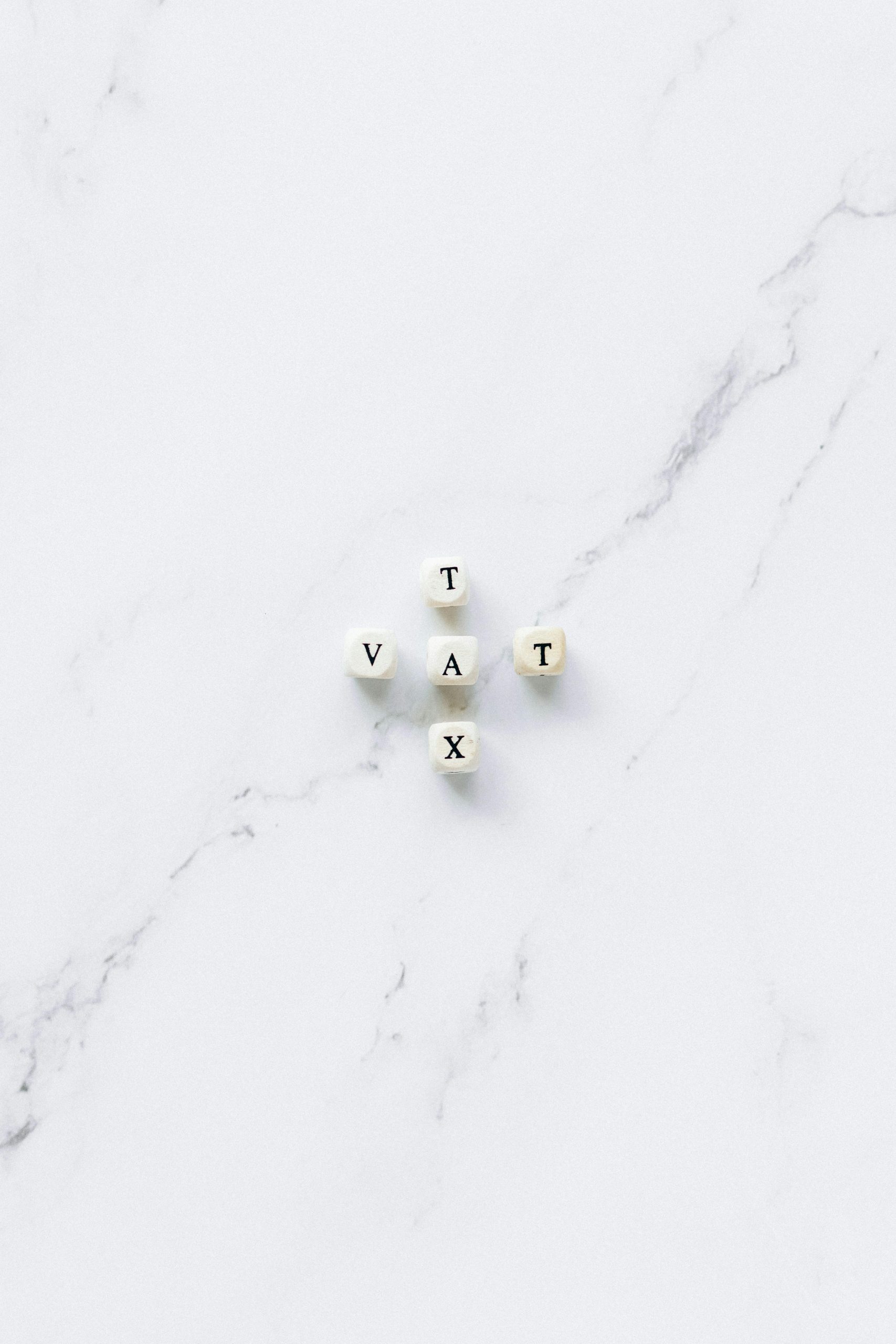Budget
News - VAT
15 July 2024

When it was announced in November 2016 that the VAT Flat Rate Scheme was changing, many businesses moved across to standard VAT accounting. But is it worth considering whether the Flat Rate Scheme is better for your business?
Benefits of using the Flat Rate Scheme include:
However, there are some potential disadvantages to consider, such as:
The changes brought into effect 1 April 2017 affected businesses considered as “limited cost traders”, where VAT inclusive expenditure on goods is either:
The 2% calculation must only include goods used exclusively for the purpose of your business (i.e. with no private use element).
Spending on services does not count, and the rules also exclude expenditure on capital purchases, motor expenses and food and drink.
Further exclusions include goods for resale, leasing or hiring out if your main business activity does not ordinarily consist of selling, leasing, letting or hiring out such goods; goods that you intend to re-sell or hire out, unless selling or hiring is your main business activity.
If the business is considered a limited cost trader, a rate of 16.5% on VAT inclusive turnover is applicable.
Guidance on which flat rate applies to your business can be found here.
In order to determine what rate applies, actual expenditure on goods for each VAT period needs to be reviewed each time a VAT return is completed.
Therefore, there may be periods where the business applies the VAT Flat Rate for the business type and some where the limited cost trader rate applies.
Newly registered businesses within the first 12 months of VAT registration are still be able to claim the 1% discount, therefore a rate of 15.5% may apply.
HMRC have created a calculator to help determine the correct rate to apply to the VAT period, which is available here.
For more help on this please don’t hesitate to get in touch.